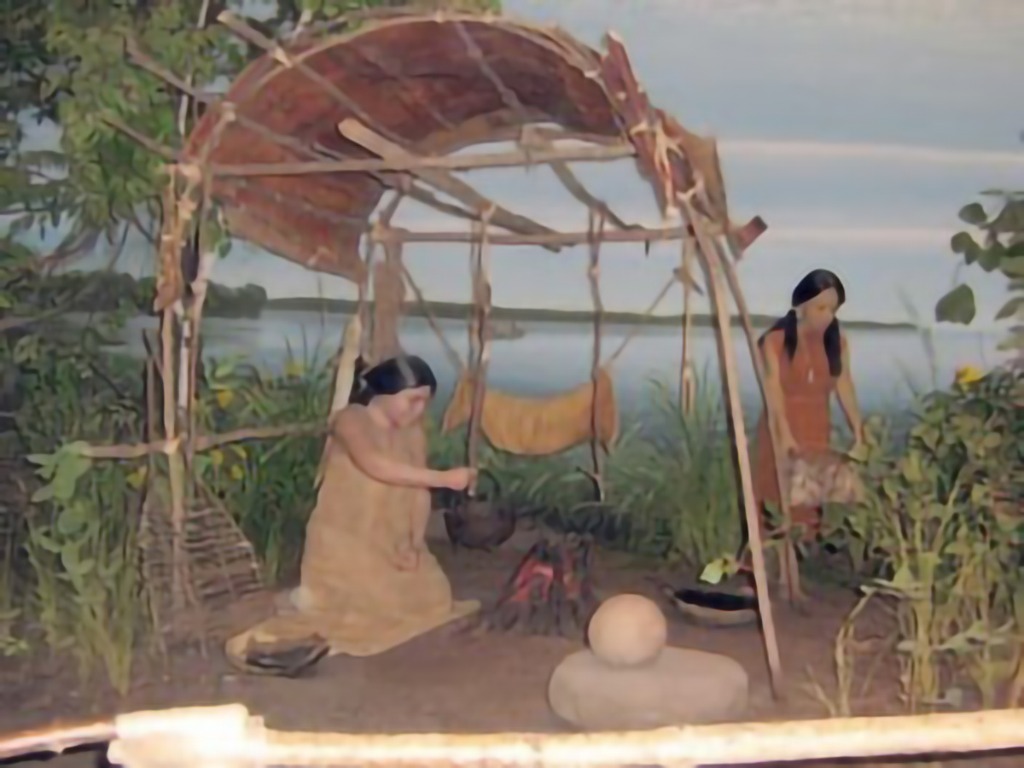
Cultural Comparisons Between Ojibwe And Hmong Heritages
Cultural Comparisons between Ojibwe and Hmong Heritages
Daubon 2 | www.academia.edu

As sciences have advanced in anthropology and genetics they have increasingly shown evidence that human populations may have all come from one source (Meredith, 2011). Such genetic similarities and the characteristics they produce, as well as similarities within cultures and among social behaviors have intrigued me and led me to do a comparison between the cultures of the Ojibwe and the Hmong people. My choice for a comparison between these two cultures comes from personal experience as an Ojibwe growing up in areas throughout Wisconsin. Some of the areas I have lived over the past couple decades contain fairly large populations of Hmong. Throughout the years I’ve learned many things about the history of our two cultures that aren’t taught in grade school history books and which hold many explanations for the state of affairs governing our people in contemporary society.
As I learn the histories of these two cultures, I recognize similarities in our stories through such categories as oppression, genocide and displacement. Because different populations Hmong and Ojibwe are scattered throughout these regions, and because of the variety in the cultures of each population, many experiences, traditions and stories are not the same. Therefore, in an analytical study such as this one, much of a certain culture may go unrepresented, either because of differences from one Hmong group to the next, or one Ojibwe reservation to the next, or through disuse of certain traditions, rituals, social customs or ways of thinking as a result of adaptation or oppressive assimilation.





Responses